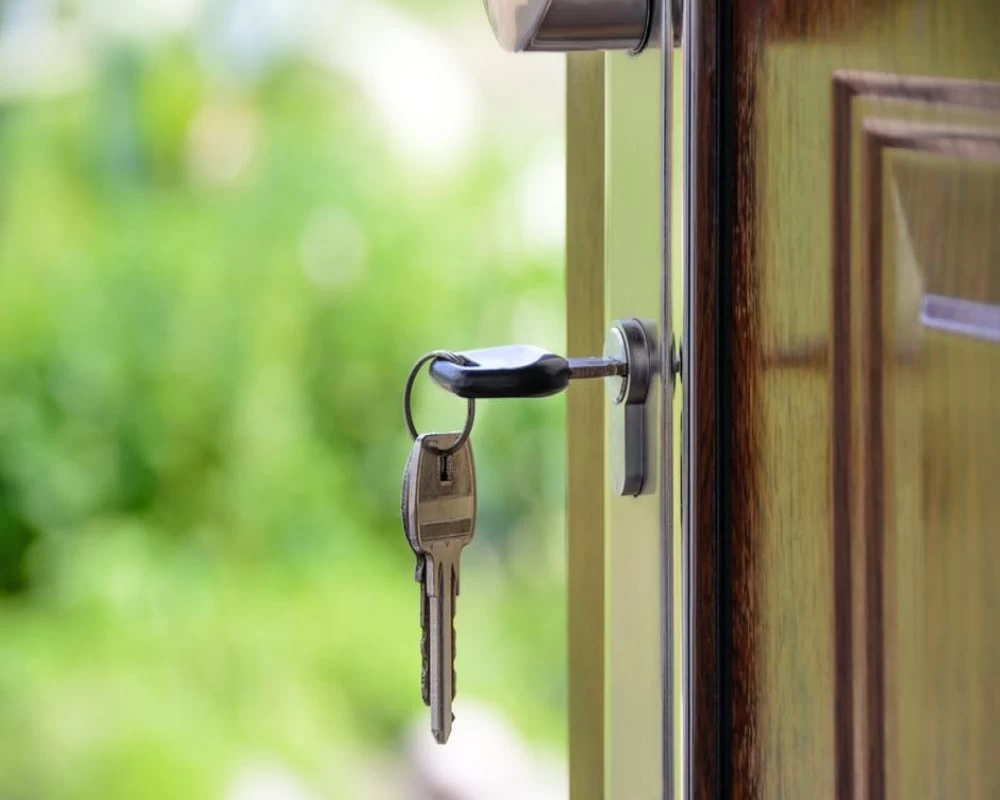How Much Should I expect To Pay in Stamp Duty Fees When Buying Foreign Property?

When you hear stamp duty, don't run for cover! Stamp duty fees are only applicable in the Commonwealth of Nations countries, Singapore, Australia and a few states in the US. It is a tax that arises from the transfer of property, usually, you pay when you sell. In this case, there will be a transfer of documents. Stamp duty legally requires that these documents are stamped, this shows the amount of tax paid. This means you’re actually paying for government stamp. Where enforced, stamp duty is placed on transfer of lands, homes, buildings, copyrights, patents and securities.
Facts About Stamp Duty fees
Stamp duty can be one small additional cost to your home, especially if you're dealing with a second home or investment property. Here are some things you should know about stamp duty:
* In the UK, the government levies stamp duty tax on all share transactions, currently at 0.5%. This generates £4bn for the treasury.
* In the European Union, Germany, Sweden, Luxembourg and the Netherlands have no stamp duty.
* France charges stamp duty only for transactions above £5,000. In the US, stamp duty is more or less insignificant, only 0.003 percent is charged.
* When you deal with really big money, it becomes a problem. Stamp duty is the reason why influential fund manager, Fidelity, moved half of its £6bn UK special situation fund offshore in 2016.
* Stamp duty came into being 200 years ago in the UK and some people believe that it was the sparking flame for American Independence Movement. When it was introduced to the American colonies in 1765, it was met by protests.
* Stamp duty is only paid on brick and mortar of the house. It shouldn't feature fixtures and fittings, white goods or items of furniture as they are exempt. You pay stamp duty on land and property purchases.
* You also pay the stamp duty when you buy shares valued at more than £ 1,000, although it is a different system, and the rates are different as well.
* You do not pay it on properties in Scotland. Instead you have a Land and Buildings transaction tax on properties costing more than £ 145,000.
* In the UK, just because your property is below £ 125,000 does not mean you can ignore Stamp Duty. You still have to submit a Stamp Duty land tax return.
* Even though your lawyer usually takes care of it, it is your responsibility to make sure that the return and payment are shipped on time. If it is late, you will pay a fine of £ 100, plus any interest.
* If you are transferring a portion of your home to an ex-partner after divorce or separation, or if you are giving the deeds of your house to someone - as a gift or in your will - you do not have to pay stamp duty.
How Much Stamp Duty Should I Expect To Pay?
In the UK, there are several price bands for Stamp Duty. The tax is calculated by the part of the purchase price of property that falls within each band. For example, if you buy a house for £ 275,000, the tax on the stamp duty (SDLT) you owe is calculated as follows:
0% on the first £ 125,000 = £ 0
2% on next £ 125,000 = £ 2,500
5% in the final £ 25,000 = £ 1,250
Total SDLT = £ 3,750
In this case you pay £ 3,750. This will not be the case in other countries. So, it is important that you contact a lawyer in your destination country who’d give information on how stamp duty is calculated.




